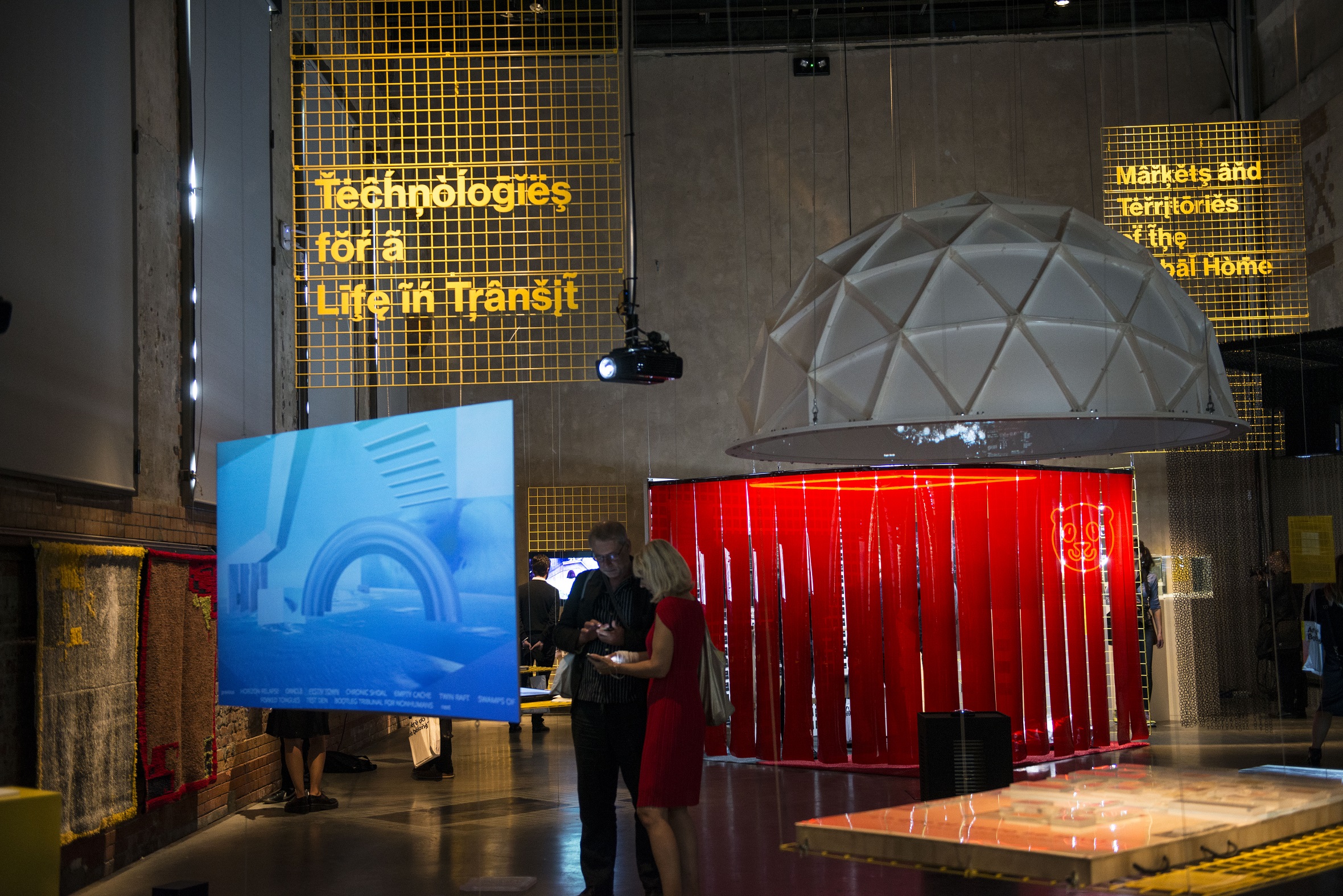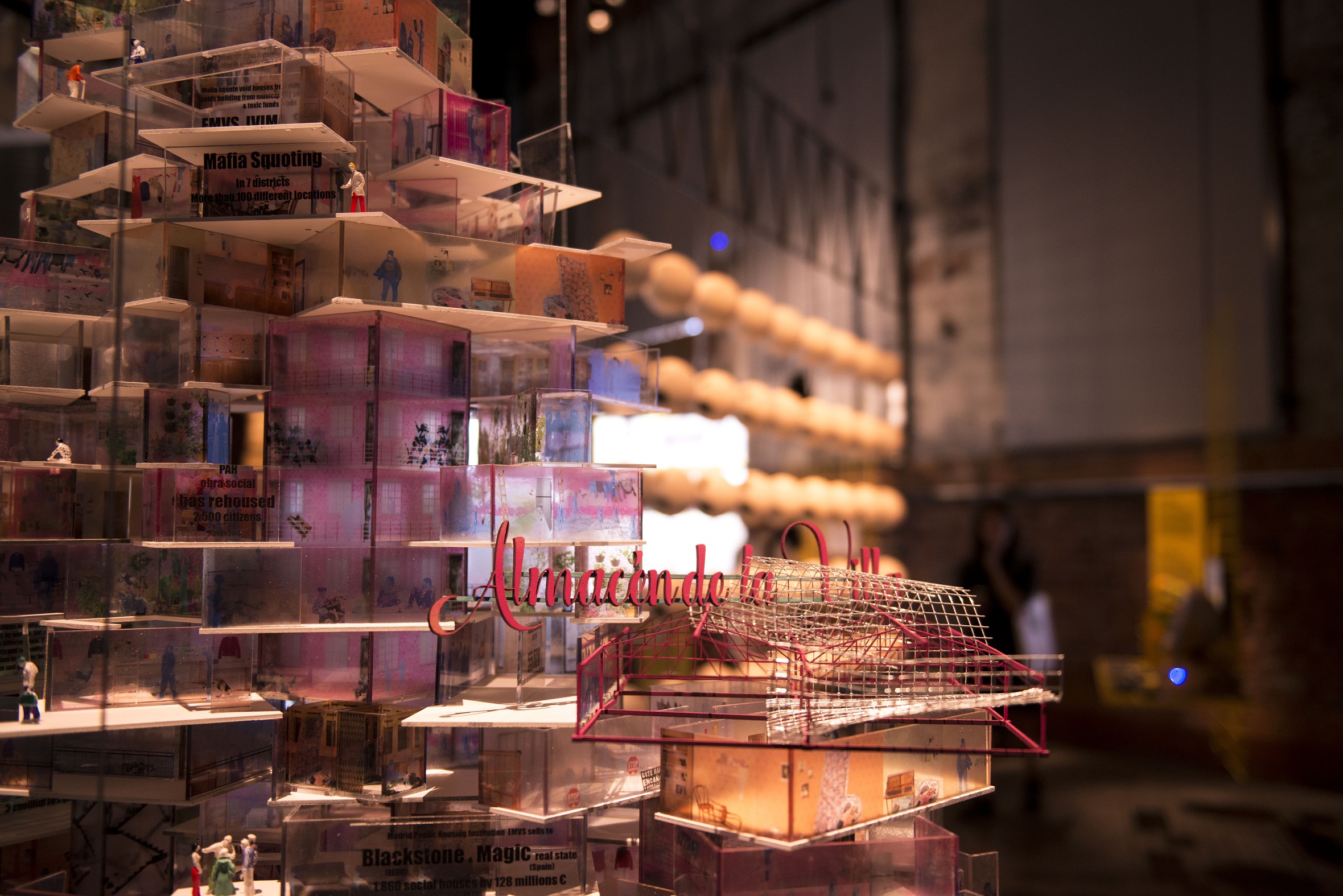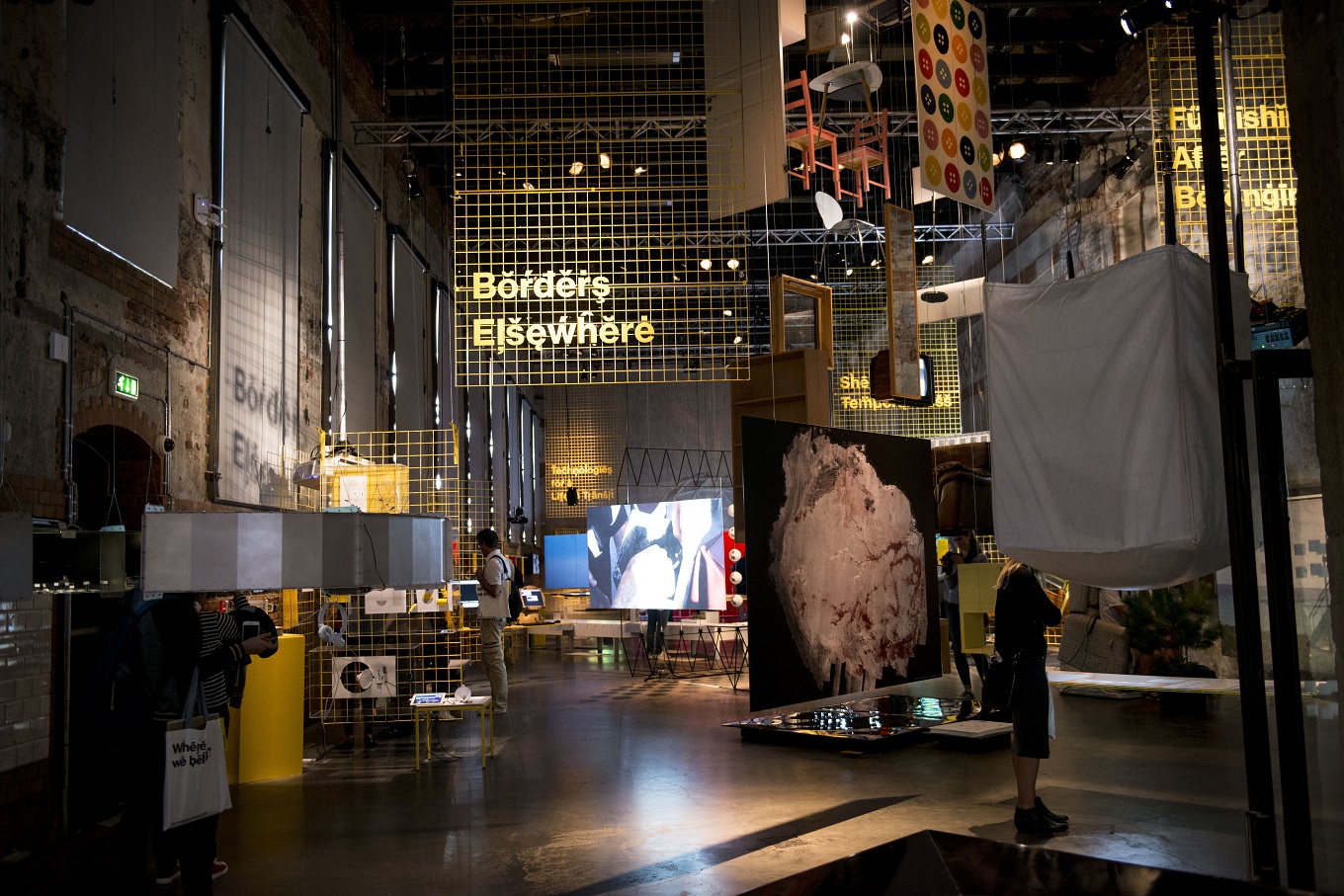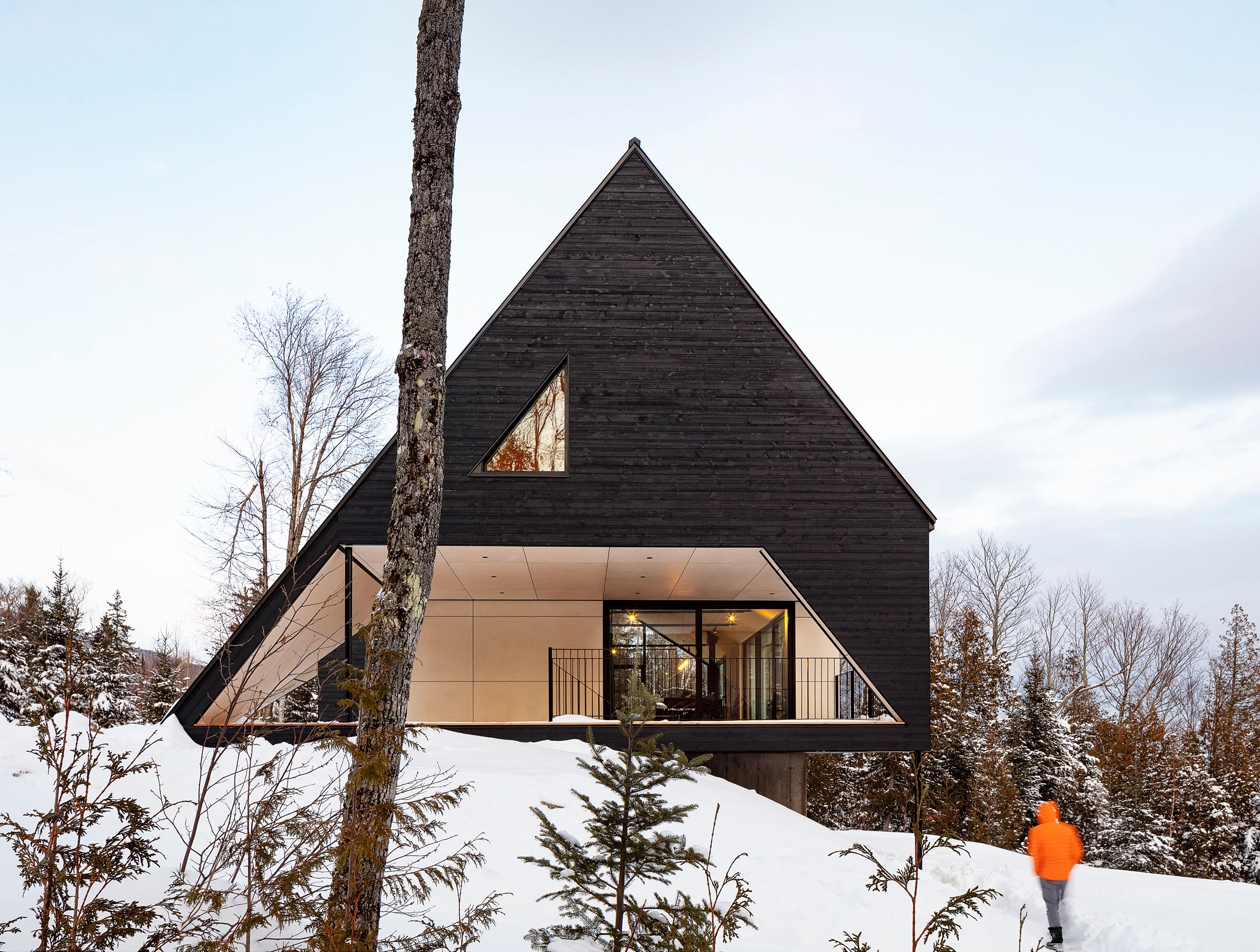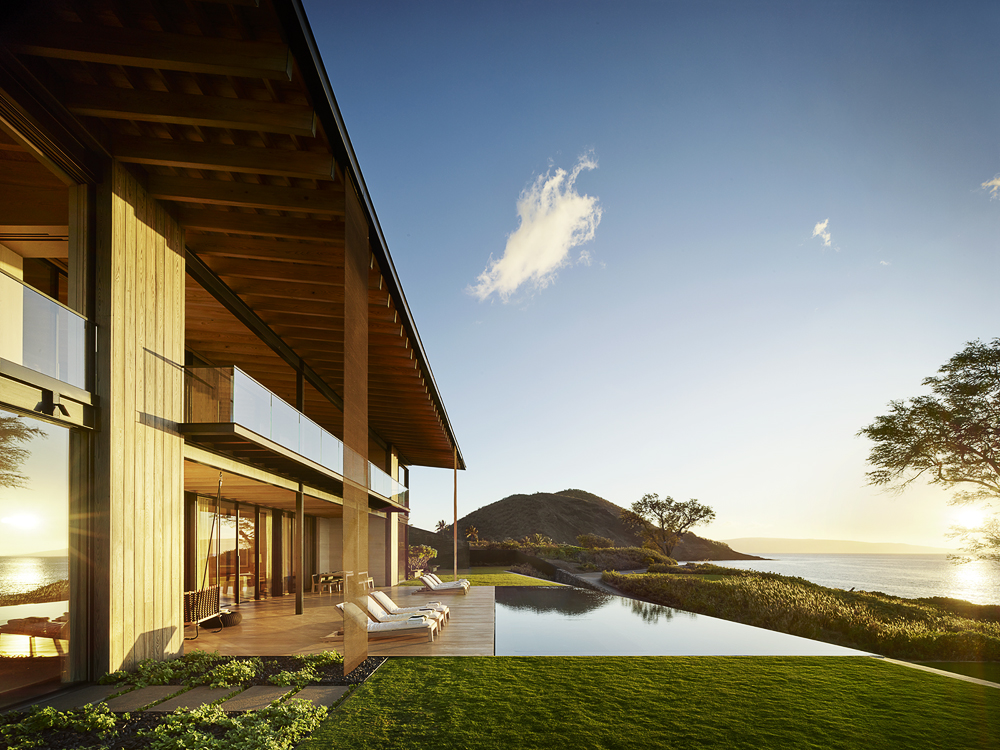Oslo’s Architecture Triennale 2016
After Belonging.
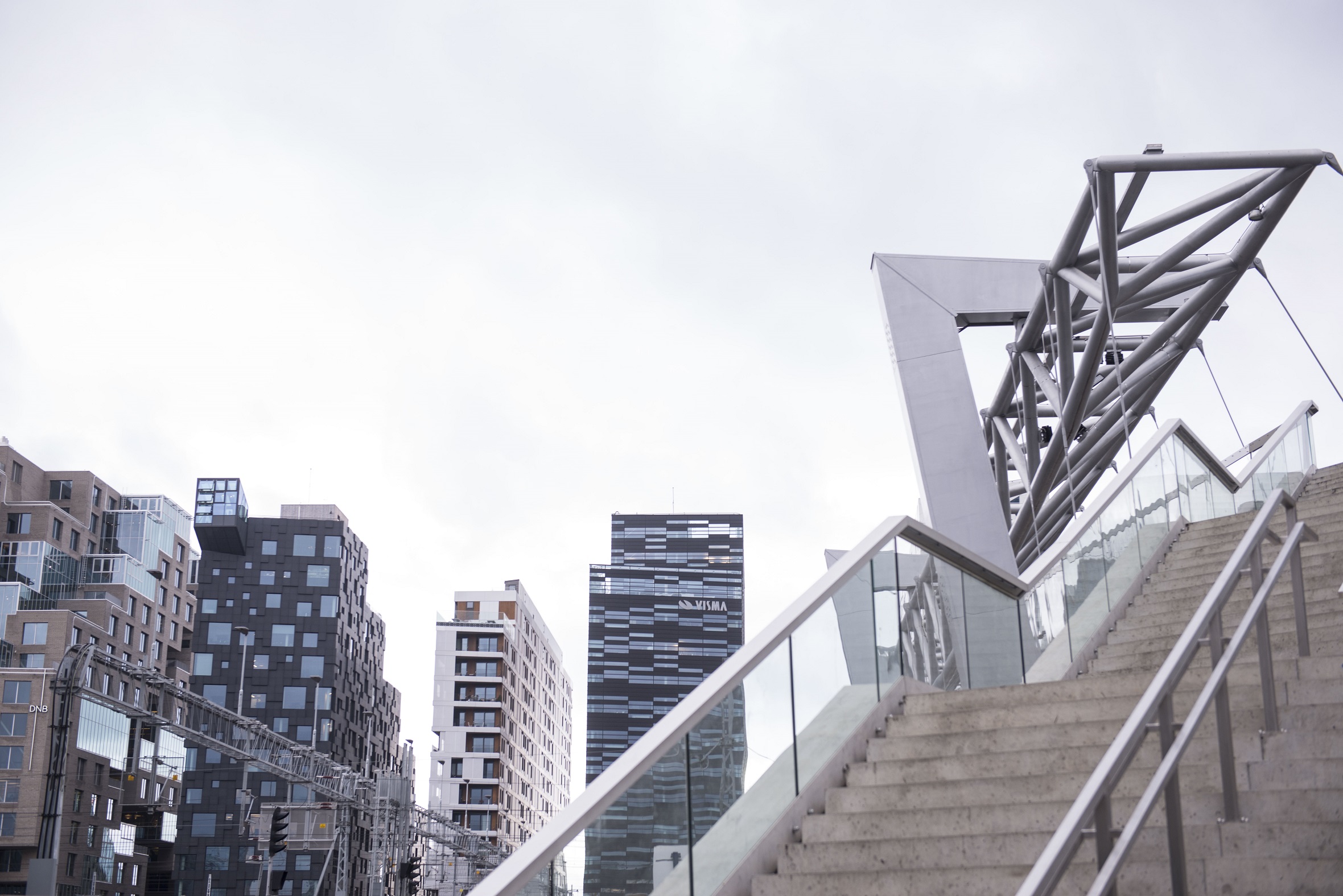
The topic of mass migration is centre stage at the 2016 Oslo Architecture Triennale (OAT), one of Europe’s most prominent design festivals. Running from September 8 to November 27, this year’s theme of After Belonging examines the ways in which populations in transit impact the global definition of home, belonging and community.
For the festival’s duration, the Norwegian capital transforms into a hub for thought leaders considering the implications of the refugee crisis, increased mobility, and tourism. As global displacement reaches an all time high, After Belonging seeks to examine our attachments to places and objects.
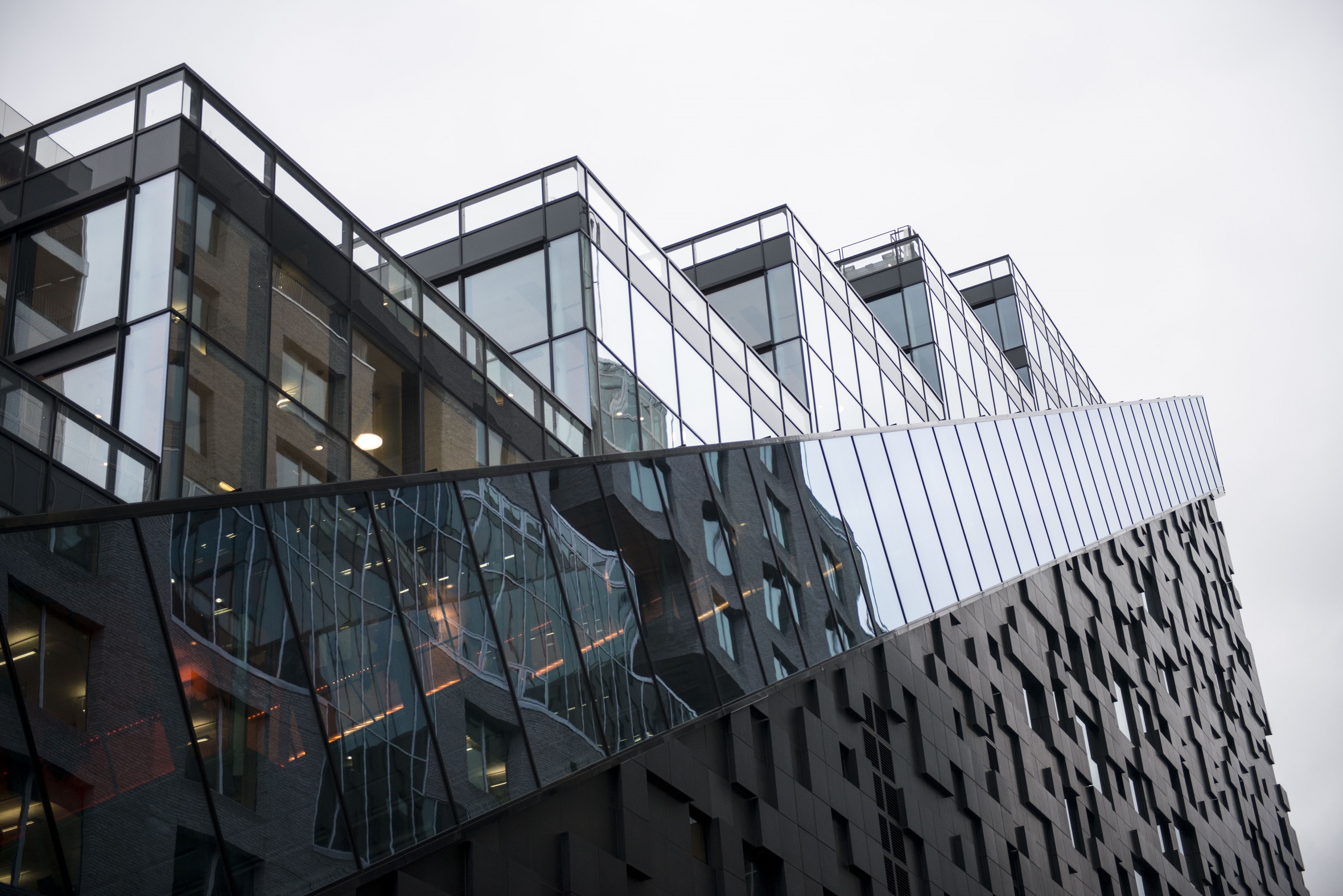
Oslo—a rapidly expanding city with an estimated population increase of 40 per cent in 30 years—serves as an ideal backdrop for such discussions. Norway was recently named one of the world’s top countries for architects to find work, and it’s easy to see why; Oslo’s architectural landscape is in a state of constant development. Stand atop Snøhetta’s opera house’s scalable rooftop and you’ll notice a futuristic skyline punctuated with modern structures like the Barcode Project’s residential skyscrapers.
After Belonging posits architectural approaches are changing, and so are the forums in which they are discussed. The opening weekend began with immersive exhibits in spaces that exemplify innovative Nordic design. The festival’s program focuses on two exhibits: On Residence at the Norwegian Centre for Architecture and Design (DogA) and In Residence at the National Architecture Museum.
As global displacement reaches an all time high, After Belonging seeks to examine our attachments to places and objects.
This is the first iteration of the Triennale that features a single curatorial theme. At the On Residence exhibit, sound, light, and sculptural installations map out different states of transit around the world. A project by The Center for Spatial Research records the routes of seven million displaced people in Colombia who have fled their homes due to civil unrest between armed forces, guerrillas, and right-wing paramilitary groups. Another project, entitled Welcome Home, uses a physical model of apartments to visualize the stages of the eviction process in Madrid after the financial crisis.
The curatorial team for the project is comprised of five Spanish architects and academics from the namesake After Belonging Agency based in New York and Rotterdam. The group was selected in December 2014 and has been working on the program for nearly two years, resulting in an incredibly dense array of collaborations.
“We really wanted to open up the conversation to different geographies and expand the duration of the Triennale so that it was not only a 10-week long event,” says curator Alejandra Navarrete. “We would like everybody to question what it means to belong to a place, how new forms of collectives can be constructed and how solidarity can occur.”

“What happens to [displaced persons’] objects? How can they feel at home again?” asks Navarrete. “The topic is very relevant to everyone. It’s not only suitable for an international audience, but also Europe specifically in terms of migration and Brexit. The topics that we are trying to address are social issues in our everyday lives.”
Many pieces are conceptual rather than practical and require additional reading to fully grasp. The In Residence exhibit at the National Architecture Museum, a 20-minute walk from DogA, comprises a collection of ten sites around the globe designed by international architects and professionals selected from an open call.
“We would like everybody to question what it means to belong to a place, how new forms of collectives can be constructed and how solidarity can occur.”
One of the most interesting pieces is a short documentary film, titled Selling Dreams, which tells the story of Mark, a Danish man who lives a nomadic lifestyle and lives in hotels. Mark rents out his own properties on Airbnb and operates under several invented aliases. His apartments appear to be occupied by real people: a gay couple, an artist, or even the picture-perfect Scandinavian nuclear family. But in fact, it’s all a set-up. Mark elaborately decorates each apartment accordingly, even going so far as to frame fake family photos that he downloads from the Internet. He began the charade after noticing that some of his Airbnb guests were trying on his clothing and snooping through his belongings. In the film, Mark explains how he sells “short, customized dreams” that give voyeuristic guests a chance to step inside a fantasy world.
The OAT’s extended program includes guided experiences that blend urban discovery with dialogue on how socio-political affairs relate to the world of architecture. With an Oslo Pass, visitors can gain access to the city’s main galleries, museums, and transit system, allowing for complete exploration during the event.
With one of Europe’s fastest-growing capitals as a backdrop, After Belonging invites visitors to ponder the human connection to spaces, places, and the buildings we call home.





